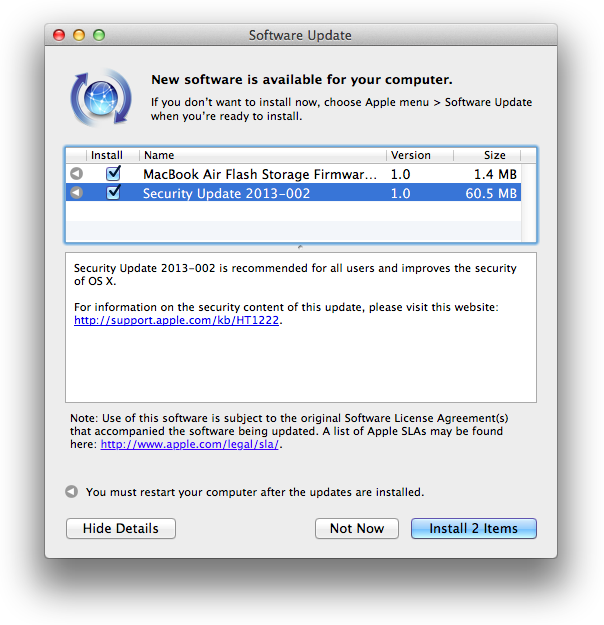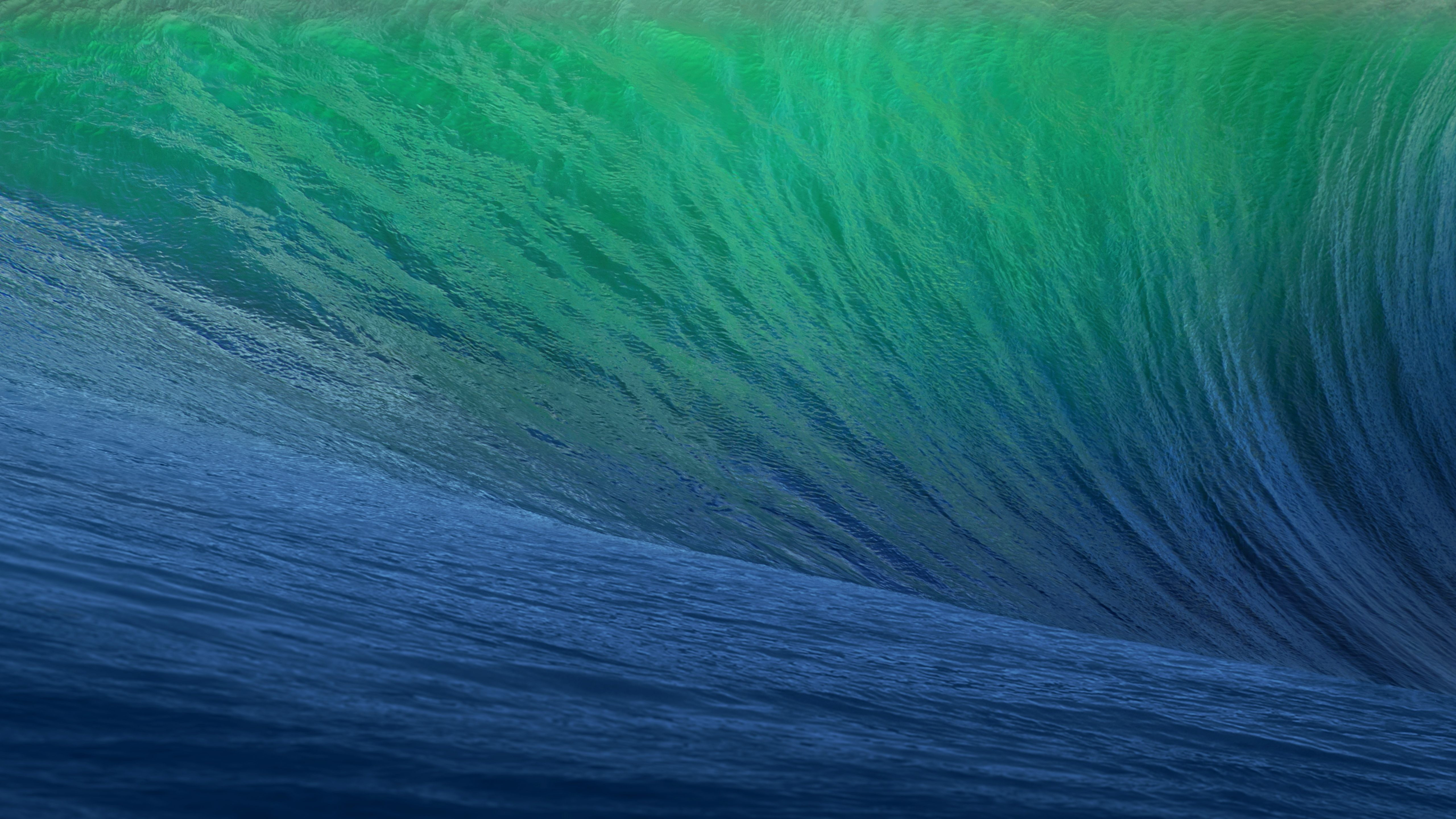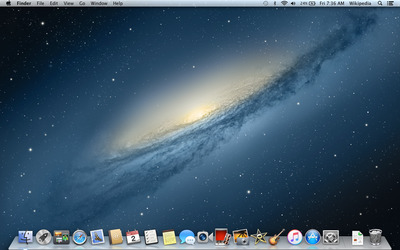- The Apple Mac OS X 10.8.4 update and once again, security is a big focus in the update, with patches for over 55 vulnerabilities. One of the largest buckets of fixes is found in the open source OpenSSL packages for OS X, with at least 12 vulnerabilities being fixed.
- Before you upgrade, we recommend that you back up your Mac. If your Mac is running OS X Mavericks 10.9 or later, you can upgrade directly to macOS Big Sur. You’ll need the following: OS X 10.9 or later; 4GB of memory; 35.5GB available storage on macOS Sierra or later. Some features require an Apple ID; terms apply.
- I downloaded the OS X 10.8.4 update lately that covered a lot of bug fixes. But every time my Mac started up and reached the desktop screen, it would freeze for a couple of minutes. Researching online, I found that I may have to re-install with the combo update just to make sure that the update gets installed properly again.

Checklist Summary:
Mac OS X 10.8.4 Python 2.7.5 Latest mesos trunk. Powered by a free Atlassian Jira open source license for Apache Software Foundation.
The Apple OS X 10.8 Workstation Operating System (Apple OS X 10.8 Workstation) Security Technical Implementation Guide (STIG) provides security policy and configuration requirements for the use of Apple OS X 10.8 Workstation in the Department of Defense (DoD). Guidance in these documents applies only to Apple OS X 10.8 and related components on end- user workstations, and excludes any other components or software running on end-user workstations. The Apple OS X 10.8 Workstation STIG presumes operation in an environment compliant with all applicable DoD guidance, especially concerning remote access and network infrastructure.
Checklist Role:
- Operating System
Known Issues:
Not Provided

Target Audience:
This document is a requirement for all DoD-administered systems and all systems connected to DoD networks. These requirements are designed to assist Security Managers (SMs), Information Assurance Managers (IAMs), IAOs, and System Administrators (SAs) with configuring and maintaining security controls. This guidance supports DoD system design, development, implementation, certification, and accreditation efforts.
Target Operational Environment:
- Managed
- Specialized Security-Limited Functionality (SSLF)
Testing Information:
Apple Mac OS X 10.8.x
Regulatory Compliance:
Department of Defense [DoD] 8500
Comments/Warnings/Miscellaneous:
Comments or proposed revisions to this document should be sent via email to the following address: disa.stig_spt@mail.mil. DISA Field Security Operations (FSO) will coordinate all change requests with the relevant DoD organizations before inclusion in this document. Approved changes will be made in accordance with the DISA FSO maintenance release schedule.
Disclaimer:
Not Provided
Product Support:
Comments or proposed revisions to this document should be sent via email to the following address: disa.stig_spt@mail.mil. DISA Field Security Operations (FSO) will coordinate all change requests with the relevant DoD organizations before inclusion in this document. Approved changes will be made in accordance with the DISA FSO maintenance release schedule.
Point of Contact:
disa.stig_spt@mail.mil
Sponsor:
Developed by DISA for the DOD
Licensing:
Mac Os X 10.8 4 Dmg
Not Provided
Change History:
Dependency/Requirements:
| URL | Description |
|---|---|
| https://dl.dod.cyber.mil/wp-content/uploads/stigs/pdf/u_apple_os_x_10.8_workstation_stig_release_memo.pdf | Sunset - Apple OS X 10.8 STIG Release Memo |
References:
| Reference URL | Description |
|---|
NIST checklist record last modified on 09/11/2019
This tutorial shows you how to get Mac OS X 10.8.4 (Mountain Lion) running on a late-2006 Mac Mini (model A1176), which officially can only support up to Mac OS 10.6.8 (Snow Leopard), according to this Wikipedia article. Although I have not tested it myself, the same steps would probably work if you have an early-2006 Mac Mini.
Hardware upgrades
Mac Mini 2006 comes with a Core Solo or a Duo Core processor, whereas Mac OS X Mountain Lion requires at least a Core 2 Duo, so you will need to upgrade the processor on your Mac Mini first before continuing. Although it is possible to patch the installer to run on a Core Duo, I would still recommend upgrading for a straightforward installation experience. Compatible processors can be found on eBay for as low as US$20 and available at a wide variety of speeds – 2GHz, 2.16GHz or 2.33GHz. A detailed step-by-step guide on how to upgrade the processor can be found here.
Optionally, to make the whole process worthwhile, it is also recommended to upgrade the RAM. Although the Mac Mini 2006 comes with the Macmini1,1 firmware which can only support up to 2GB of RAM and will not boot if more than 2GB is installed, you can install up to 4GB (2 pieces of 667MHz laptop DDR2 SDRAM) by updating the firmware to Macmini2,1, originally meant for the Mac Mini 2007 family. The steps are summarized below:
- Download the newer firmware from here http://www.mediafire.com/?lfangrn69rxln3q and extract it
- Put the extracted files in /System/Library/CoreServices/Firmware Updates folder. Check the permissions of the files, or just do a chmod 777 on the files to be safe.
- Run the following command in terminal:
sudo bless-mount /-firmware/System/Library/CoreServices/Firmware Updates/EFIUpdaterApp.efi-payload/System/Library/CoreServices/Firmware Updates/LOCKED_MM11_0055_08B.fd-options “-x-apple-efi payload0-data” -verbose - Turn off the computer by shutting it down from the Apple menu.
- Wait for a few seconds and press the power button until the power LED flashes. Wait until the flashing stops.
- At this point the firmware upgrade is completed. You may see some distorted pictures on the screen, which is normal. Simply turn the Mac Mini off by pressing the Power button, and turn it back on
- After a reboot, the Mac Mini should recognize 4GB of RAM.
- If the machine doesn’t boot up or doesn’t recognize the extra RAM, check that the memory modules have been securely inserted. If it still doesn’t work, try to do a PRAM reset.
The machine can only use around 3.3 GB out of the total of 4GB that is recognized, due to limitations of the 32-bit processor. And while you are at it, take the time to upgrade the hard disk (a 2.5″ SATA drive) to an SSD, preferably 128GB or more. The final configuration, 2GHz Core 2 Duo with 4GB RAM and 128GB SSD, will make your Mac Mini 2006 machine performance more or less in line with the Mac Mini 2009, a much later model.
Preparing the installation
Before you proceed you will need to upgrade the OS on your Mac Mini to Snow Leopard 10.6.8, the last officially supported version. Next, get your Mountain Lion installer media ready – which can be a .DMG image or an actual DVD. After that, download MLPostfactor 0.3 from here, needed to patch the original Mountain Lion installer disk, which does not support the Mac Mini 2006, to run on your machine.
Mac Os X Update 10.8 4 Download
As at the time of writing this article (May 2015), MLPostfactor 0.3 only supports Mac OS up to 10.8.4. Versions 10.8.5 or above are not supported, so make sure that your installer is of the right version.
To make it easier to switch the boot partition without holding the Option key, you may also want to install a boot manager such as rEFIt.
Bypassing MLPostfactor limitation
Here comes the trick. The user interface for version 0.3 of MLPostfactor apparently only supports OS X Lion (10.7) and will refuse to run on 10.6. I tried to trick it by changing the system version number in /System/Library/CoreServices/SystemVersion.plist but things would still not work – MLPostfactor started but could not find Install OS X Mountain Lion.app in the Applications folder even though the installer was clearly there. A workaround would be to use MLPostfactor 0.2, which can run on Snow Leopard, to upgrade the system first to 10.7, and from there upgrade it to 10.8 by running MLPostfactor 0.3 again. I did not attempt this method because it seemed time consuming and most importantly, I had no installer disc for 10.7.
My relief came when I read this article which showed me how to use MLPostfactor from the command line. Apparently there is another MLPostfactor.app folder inside the original MLPostfactor app which can be invoked using the following command to patch the installer:

Surprisingly, there is no version check in the command line version of MLPostfactor and this method actually works to create the 10.8.4 installer partition. There are a few other commands that need to be done to patch the installer partition – refer to the original article for details.
Using MLPostfactor from bash script
Mac Os X Mountain Lion 10.8 4 Download
A simpler way would be to use the MLPostfactor script written by pjherron available from github. With this script, the steps to upgrade to 10.8.4 from 10.6.8 on your Mac Mini can be summarized as below:
- Download MLPostFactor 0.3 and unzip it to desktop
- Copy the ‘Install OS X Mountain Lion.app’ folder from your 10.8.4 installer disc to the Applications folder
- Create a 8 GB or larger partition on the target drive to host the patched installer. The volume label should be Install and it should be automatically mounted at /Volumes/Install
- Create another partition, 20GB or more, on the target drive where you will install 10.8.4. Alternative, if you do not need the original Snow Leopard partition, you do not need to create this partition and can simply choose to install on the Snow Leopard partition later, losing all existing data.
- Run the upgradesl2ml.sh script and give it 30 minutes to an hour to complete. When done, reboot the machine and choose to boot from the 10.8.4 installer partition just created
- When prompted, choose to install 10.8.4 on the partition created in step 4, or simply overwrite your Snow Leopard partition. It is highly recommended to format the partition and perform a clean install – do not perform an upgrade as there are known issues.
- Let the installer run. The process will either end in an error or a white screen – this is normal. Reboot the machine when this happens.
- Choose to boot from the 10.8.4 installer partition again (not the partition where you installed 10.8.4 to).
- When the installer finishes starting up, choose MLPostfactor from the Utilities menu and let it repair the partition where you’ve just installed 10.8.4
- When the repair is done, reboot your system and choose to boot from your fresh Mountain Lion partition. It should boot normally
- Done, you can now enjoy Mountain Lion on your Mac Mini 2006!
If the installation is successful, the About This Mac dialog should show something similar to below:
Common issues
In my experiment, the final system runs fine without major issues. Application such as Firefox, Skype or even xCode and the iOS simulator could run well. VLC player works well to play normal DivX or Xvid videos. The only major application that is problematic is Dropbox, which couldn’t even install due to error ‘no mountable filesystems’ when mounting the installer DMG. Tuxera NTFS can install and appears to work but will later cause random kernel panic when browsing NTFS partitions in Finder. I had to resort to removing Tuxera and learn to live with read-only NTFS support for now.
If your dock in Finder appears to be transparent after the installation, open Terminal and run the following command to fix it:
Mac Os X 10.8.5 Download
Read here for other useful tips and tricks.

Other than the above issues, my installation of 10.8.4 on the Mac Mini is stable and serves me well as my daily work machine. My next attempt would be to install 10.9 (Mavericks) or 10.10 (Yosemite) on this computer. As far as I know, although there are proof-of-concept attempts, nobody has managed to get a stable working system yet, presumably due to challenges in getting graphics drivers to work properly.
See also
Upgrading the SSD in a mid-2012 Macbook Air
Keyboard issues in GRUB bootloader on a Mac Mini booting Mac OS, Windows and Ubuntu Linux